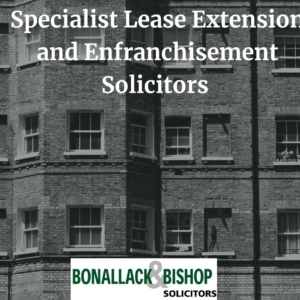When it comes to lease extension, it’s important to point out, before getting into the nitty  gritty of how to track down a landlord [or more properly your freeholder], that you can still take steps to extend your lease even if you cannot find him or her. We’re not going to cover the process for doing this in this article, but if you find yourself in that situation, click here for more information about absentee landlords, or give us a call and one of our specialist lease extension solicitors will be able to explain the legal process in more details.
gritty of how to track down a landlord [or more properly your freeholder], that you can still take steps to extend your lease even if you cannot find him or her. We’re not going to cover the process for doing this in this article, but if you find yourself in that situation, click here for more information about absentee landlords, or give us a call and one of our specialist lease extension solicitors will be able to explain the legal process in more details.
Who is your landlord?
But back to the basics – how can your leasehold extension solicitor find out who your landlord is and then track them down? The first thing to work out is who exactly the “competent landlord” actually is. Competent landlord is a legal term for the person who has the power to grant a leasehold extension. It is usually the owner of the property’s freehold, but could also be the head lessee if the building is sublet. Once the relevant person has been found, your lease extension solicitor starts the process off by serving them with an initial Section 42 notice under the Leasehold Reform, Housing & Urban Development Act 1993 (as amended).
Your landlord – their obligation to provide contact details
Another important piece of legislation, the Landlord and Tenant Act 1985, gives leaseholders a right to know the name and address of their landlord. It also states that the landlord has a legal obligation to respond to requests for their contact details within 21 days. Finding out who the competent landlord is in the first place is often the tricky part, and lease extension solicitors usually start with a search of the databases held by the Land Registry, who charge a small fee for this. Many solicitors will also look online, as there is a growing number of websites offering instant access to specialised directories.
Leaseholders also have the legal right to serve their landlord with something known as a Section 41 notice. This is a legal letter asking the freeholder to give full details of their legal interest in the property concerned, and requires them to give any other documents which might be relevant in a lease extension application such as any survey reports or information about service charges.
Freeholders have to give this information within 28 days of receiving a Section 41 notice. The law is also clear that sending or receiving a Section 41 notice from a leaseholder is not the first step in the lease extension process, and the leaseholder is committing themselves to nothing. Also, as it does not form part of the process, freeholders are not allowed to add any costs associated with a Section 41 notice to the “reasonable costs” for extending a lease if the leaseholder decides to go ahead at some point further down the line.
Can’t find your landlord? Our team can help
There are many tried and tested ways of finding a landlord, and the leaseholder has significant legal powers to force them to supply both basic contact details and any information which might be relevant to a future leasehold extension application. Just remember though that if you try all available methods and still cannot track down the landlord, that doesn’t mean the end to your lease extension application. Just talk to one of our specialist lease extension team for details about what you can do next.
Looking at a Lease Extension? Problems with an Absentee Landlord? Contact our specialists
If you’re looking for, solicitors who really know about lease extensions – wherever you live in England and Wales, contact our specialist team.
- For FREE initial phone advice, call our team today on FREEPHONE 0800 1404544, or
- Send us an email using the contact form below.
